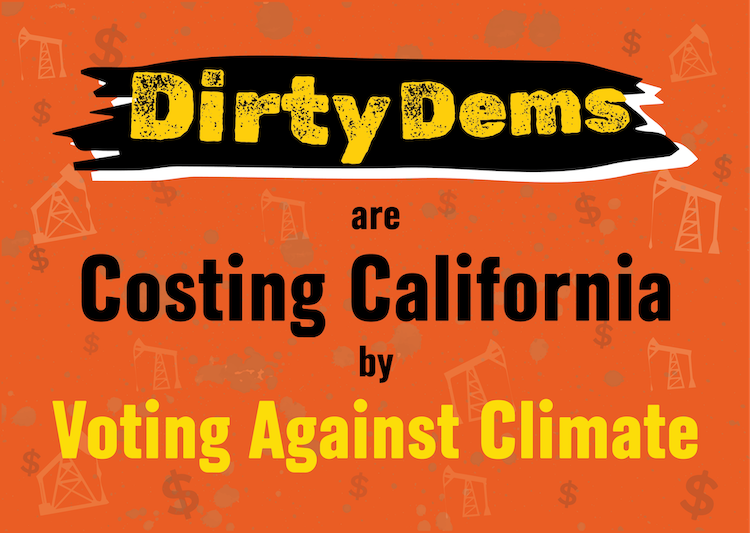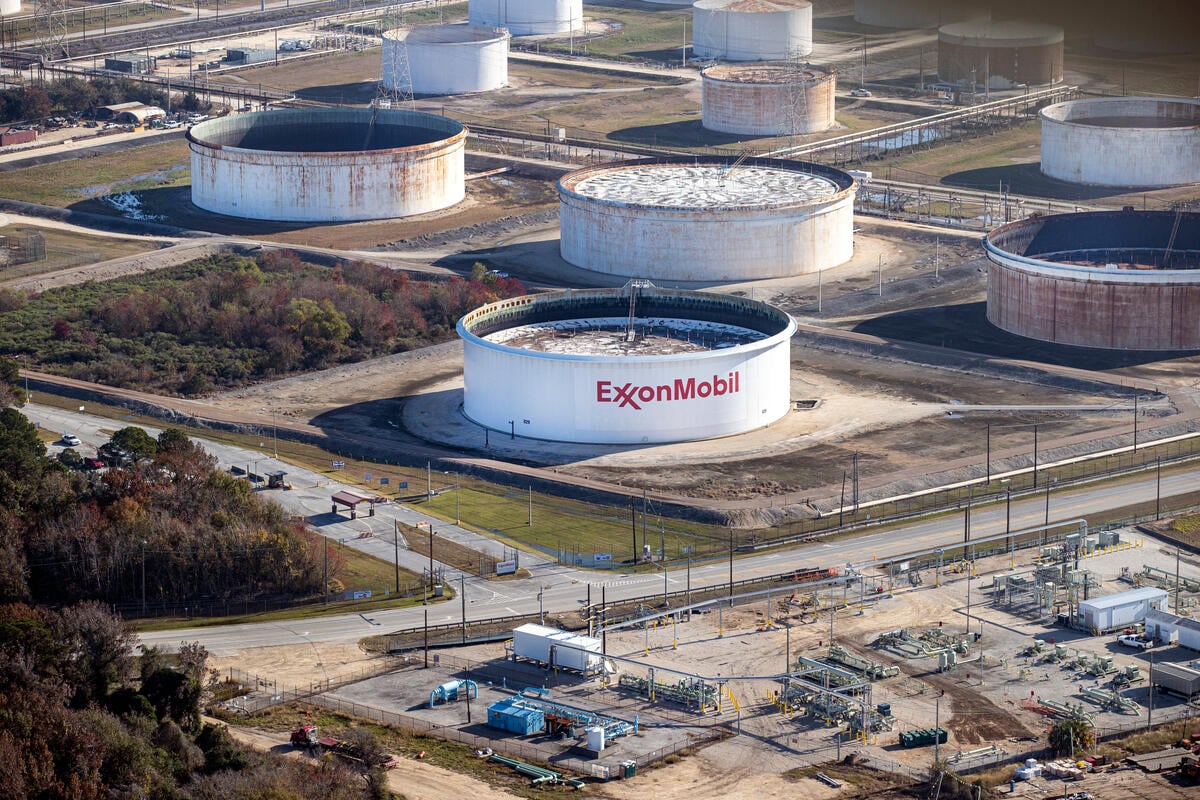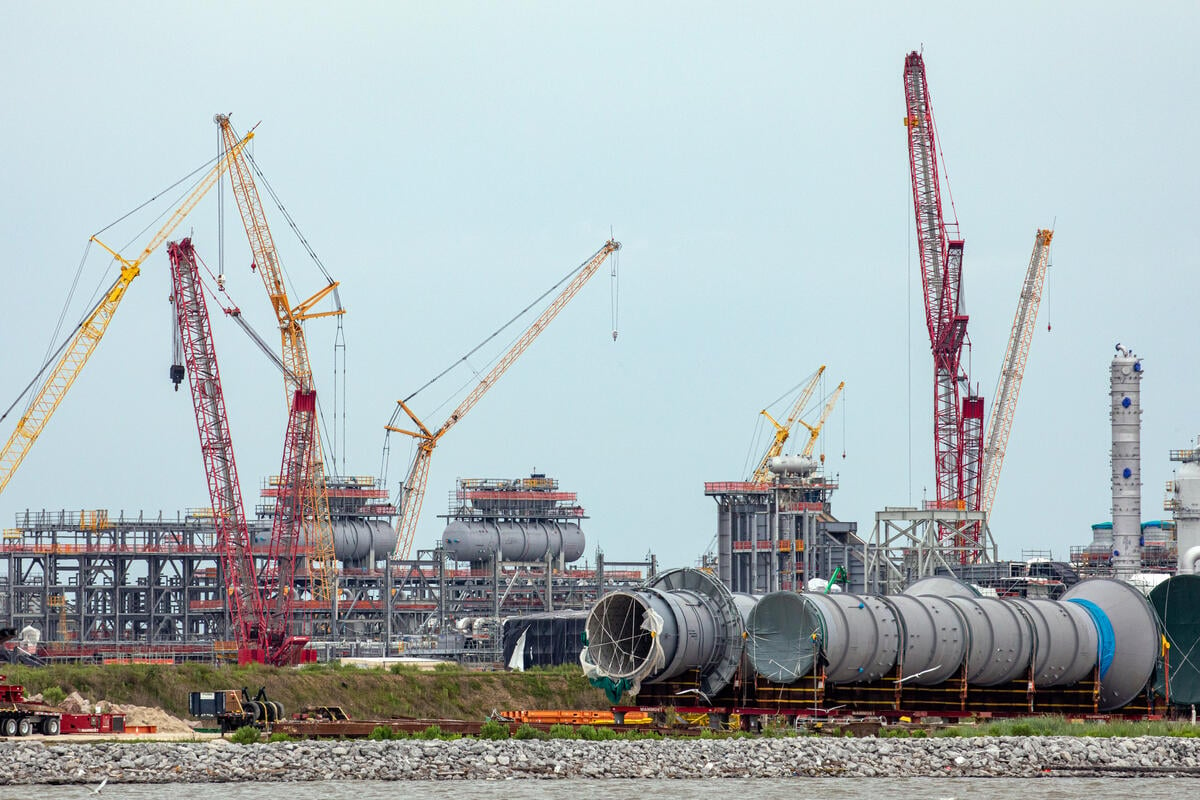Over the past two years, Greenpeace offices around the world have increased efforts to expose one of the world’s worst corporate polluters, ExxonMobil. From publicizing Exxon’s misconduct, to seeking talks with ExxonMobil officials, to protesting at Exxon service stations around the world, Greenpeace has been at the forefront of a global effort to stop this company’s attempt to manipulate a dirty energy policy in the United States and interfere with international climate change negotiations.
In spite of concerns expressed by Greenpeace and many other organizations and leaders around the world, ExxonMobil has refused to take action to combat climate change. Instead, ExxonMobil has spent money on deceptive advertising, touting its concern for the environment, as well as using tactics, including legal action against many Greenpeace offices and its activists, designed to silence global efforts to expose ExxonMobil’s polluted environmental record.
A timeline of Greenpeace’s efforts and Exxon’s evasive and hostile response
April 2001: Greenpeace Executive Directors Contact ExxonMobil CEO
The Executive Directors of Greenpeace in the United States and Greenpeace International in Amsterdam send letters to ExxonMobil executives asking the company to clarify its position on Kyoto and climate change. The company faxes a form letter to both Greenpeace offices stating that it had published its position in advertisements that ran in major newspapers across the country. In these advertisements, ExxonMobil denounced the Kyoto Protocol, calling the climate regulation “too much, too soon.” ExxonMobil’s position would later be adopted as the outline for the Bush administration’s energy policy. View the letters.
August 2001: A Boycott is Born
In several countries, Greenpeace is at the forefront of a global movement to boycott ExxonMobil products. As a result of college students and community activists holding protests and teach-ins around the country, a boycott of ExxonMobil begins to take force and goes global. In Germany, the United Kingdom, Luxembourg, Australia, France, Canada and other countries, consumers begin to boycott ExxonMobil/Esso’s products. In the U.K. ,the number of consumers boycotting ExxonMobil/Esso gas skyrockets to more than one million.
May 2002: ExxonMobil’s Undercover Dealings Exposed
Greenpeace United States releases evidence that ExxonMobil paid not only lobbyists but also supposedly impartial scientists to undermine and weaken environmental protections. Entitled “Denial and Deception: A Chronicle of ExxonMobil’s Corruption of the Debate on Global Warming,” the report details the company’s role in international and U.S. climate policy, including attempts to stonewall the Kyoto Protocol. Read the report.
September 2002: A Bad Brand and a Bad Investment
Greenpeace UK receives a leaked copy of a Deutsche Bank report to ExxonMobil. The confidential advisory states that the Greenpeace campaign against ExxonMobil (known as Esso in Europe) was harmful to the Esso brand and therefore an investment risk. “While the company insists that it has suffered no fiscal impact from the (Greenpeace-led) boycott, being handed a reputation as environmental enemy number one for such a big customer-facing business has to be considered a brand risk.” View the leaked report at www.stopesso.org.
October 2002: Greenpeace Shows Up at the Pumps
In the United States, hundreds of celebrities and local activists join Greenpeace at gas stations in New York and Los Angeles, where activists chained themselves to gas pumps, while in more than 20 other cities, protestors call on motorists to boycott ExxonMobil. Dressed in tiger suits or wearing “Don’t Buy ExxonMobil” t-shirts, activists handed out information about the company’s record while supporters cheer them on and motorists honk their horns in support.
That same month in Luxembourg, more than 600 activists peacefully shut down every Esso station in the country, including the largest Esso station in the world. The company continues to ignore a global cry for clean energy initiatives and attempts to slap Greenpeace Luxembourg with over $245,000 in damages.
May 2003: The Annual Distort
Greenpeace US releases a spoof of the ExxonMobil annual report, and it causes a stir amongst financial leaders and the business community. The annual report generates articles in such publications as the Wall Street Journal, Fortune magazine, and Oil Daily.
May 2003: A Peaceful Protest Meets Police Hostility
Volunteers from as far away as Italy, Australia and the United Kingdom join Greenpeace U.S. at ExxonMobil’s international headquarters in Irving, Texas, to protest the company’s negative influence on climate change. Although the protest is peaceful, some of the volunteer protestors, including a Baptist minister and a mother and son, are pepper sprayed, arrested and locked up for two days in jail. All of the individuals are arrested for criminal trespass, a class B misdemeanor. In addition, each individual is also charged with riot and/or engaging in organized criminal activity — which are potential felonies. More
July 2003: An Irritated Tiger–ExxonMobil Lashes Out
In the wake of the May protest, ExxonMobil also files a civil suit against both the U.S. and international Greenpeace entities and 38 individuals seeking injunctive relief and damages. A Texas judge grants a temporary nationwide injunction limiting Greenpeace U.S. protests on ExxonMobil property. The company is seeking to make the injunction permanent, while all defendants are fighting this move and Greenpeace U.S. has appealed the temporary injunction.
January 2004: French Court Upholds Freedom of Expression
In 2002, ExxonMobil tried to obtain an injunction and almost $100,000 for damages to its trademark against Greenpeace France. The suit stemmed from Greenpeace France’s use on its website of a parody logo with a double dollar sign ($$) instead of the double “S” in Esso’s logo. In January, a French court rejected the claims and ruled that Greenpeace France’s website did not constitute a trademark infringement.



